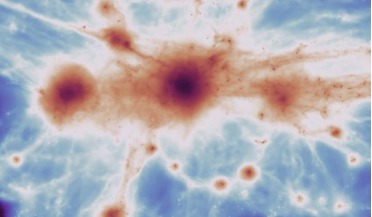 04 October 2019
Have ancient filaments helped uncover the nature of dark matter?
04 October 2019
Have ancient filaments helped uncover the nature of dark matter?
...Instead it was a result of active galactic nuclei (supermassive black holes) and "starbursting" galaxies pumping out stars at a prodigious ... star formation and the growth of super massive black holes within the proto-cluster, all fit nicely within...
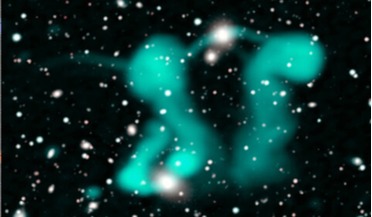 06 August 2021
Surprising new finds as ASKAP surveys the skies
06 August 2021
Surprising new finds as ASKAP surveys the skies
... in the cosmos. “In their centers are two supermassive black holes, squirting out jets of electrons that are then bent... had never even been suspected. Whats more, its supermassive black hole is generating jets of electrons nearly 5 million light years...
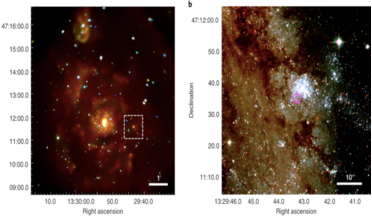 27 October 2021
Astronomers may have detected the first planet outside of the Milky Way
27 October 2021
Astronomers may have detected the first planet outside of the Milky Way
... luminous systems typically contain a neutron star or black hole pulling in gas from a closely orbiting companion star. The... material near the neutron star or black hole becomes superheated and shoots off x-rays, as the star...
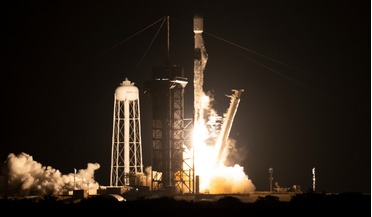 10 December 2021
SpaceX launches NASA's IXPE mission
10 December 2021
SpaceX launches NASA's IXPE mission
... new science, and IXPE is going to show us the violent universe around us – such as exploding stars and the black holes at the center of galaxies – in ways we’ve never been able to see it.” The rocket performed as expected, with spacecraft separation...
...place among the stars. The collection also includes the Black Widow Spider. Although normally associated with a small, dark... are from gamma-ray sources, such as supermassive black holes, gamma-ray bursts and the debris of supernova explosions...
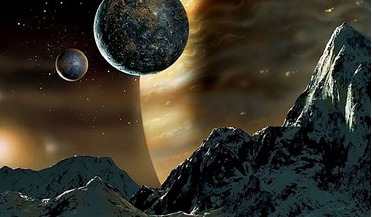 March 2016
Why We Need Space Artists
March 2016
Why We Need Space Artists
...models of the Moon’s surface and photographed them against a black, starry background for his book with James Carpenter, The ... but only provided much new material for space artists. Black holes, pulsars, quasars and hundreds of extrasolar planets; as ...